Past reforms offer inspiration for future
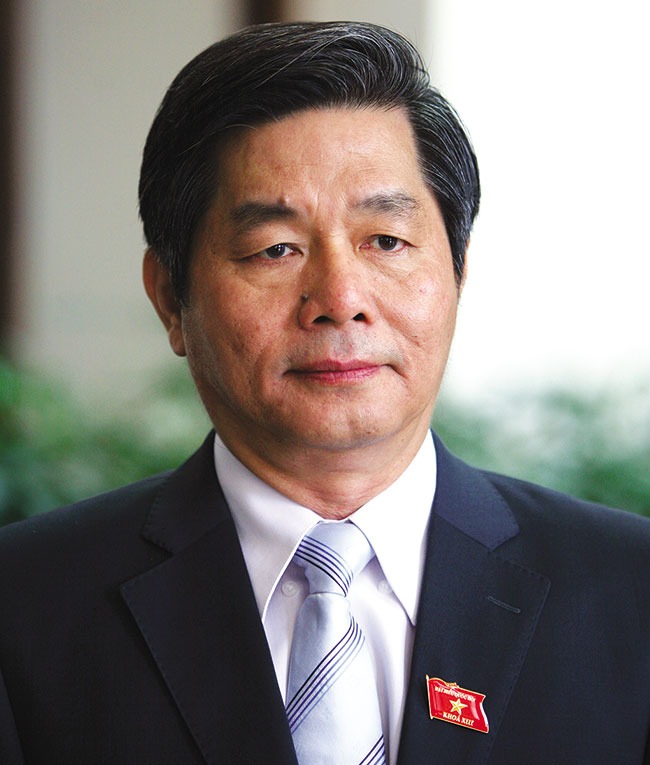 What are the major historical landmarks that stand out in Vietnam’s 70 year journey to national independence, as well as in the last 30 years of economic renovation since doi moi?
What are the major historical landmarks that stand out in Vietnam’s 70 year journey to national independence, as well as in the last 30 years of economic renovation since doi moi?
Since our beloved President Ho Chi Minh read the historic Declaration of Independence in Hanoi’s Ba Dinh Square on September 2, 1945, Vietnam has experienced significant developments and endured many ups and downs. We have directed all our resources into the cause for national salvation, striving for territorial integrity, independence, and freedom for the whole country. That is our nation’s glorious triumph.
Over the course of our economic development, clear Party leadership has steered the country through turbulent times, scoring many laudable achievements. What was once a backward and poverty-stricken agricultural country is now an aspiring nation emerging from the group of developing countries with a low-end middle income status. This is an outstanding progress.
At the time that Vietnam won its independence – and prior to the execution of our doi moi [reform] policy – the country was facing mounting difficulties. Great pressure was put on the shoulders of the nascent and inexperienced state management. This was particularly so with the task of building a socialism country. Thankfully, when we got onboard the doi moi “train”, we scored miraculous feats in terms of economic development.
One of the greatest achievements during the 30 year economic renovation from 1986 is our successful transformation from a centrally-planned and wholly subsidised economy into a socialist-oriented market-based economy. This has brought about a turnaround in the country’s economic performance and efficiency which served as a driving force to lift the country up to the development level where it stands today.
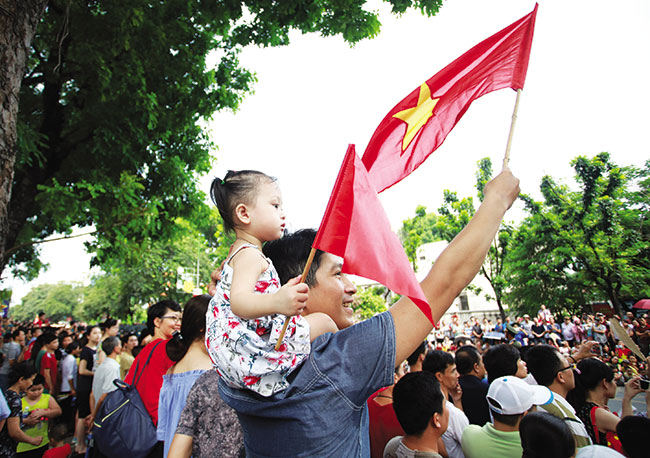
To grow even further, the nation must position itself as a world player - Photo: VNA
he planning and investment system’s 70th anniversary coincides with the country’s celebrations for 70 years of independence. What major contributions has the system made during the country’s journey of development?
As an advisory body, the planning and investment system has made crucial contributions to the Party, the state and the government in respect to economic institutional reforms.
The system has involved in every major landmark event in regards to economic institutional reforms, as well as the country’s varied development turning points. Sometimes it played a steering role in penning the Party’s Central Committee resolutions and plans on institutional reforms. For example, in 1979, the system, including the Central Institute for Economic Management, consulted with the Party’s Central Committee on the approval of Resolution 20 on dealing with then existing imperative issues, paving the way for the acceptance of some market factors in the central planning mechanism and appreciating the financial self-reliance of enterprises.
This resolution is regarded as the inception of Vietnam’s doi moi process, based on which the country started to shift into a socialist-oriented market economy from a centrally-planned one. Our growth path has been fraught with hardships, as we’ve had to change a great many of our old mechanisms. The pricing-wage-monetary reform was initiated in 1980 to follow market principles. In 1981, Directive 100 was introduced, presenting a household-based contract mechanism (the so-called Contract 100 system), entailing a breakthrough step in agricultural production which transformed Vietnam from a country that could not feed itself, into a rice exporter.
After the issuance of these keystone policies, Decisions 25 and 26 were introduced to provide state-owned enterprises (SOEs) with more autonomy in their planning, profit allocation, and product sale. The decisions have created a precedent for reforming SOEs towards market-oriented operations.
Since the early days of doi moi, the planning and investment system has played an important role in consulting the Party’s Central’s Committee, the Politburo and the government in tailoring significant reforms which functioned as the preconditions for the country’s leadership to adopt an overall resolution on doi moi in 1986 to steer the nation towards its current high in development.
What institutional reforms have proven most decisive for the country during the 30 years of doi moi?
Since the doi moi began in 1986, Vietnam commenced a comprehensive suite of institutional reforms. For instance, after the adoption of Contract 100, Resolution 10 (Contract 10) was introduced in 1988 which gave farming households greater production rights. Then Resolution 16 gave birth to reforming production models at non-state production units. This resolution highlighted the importance held by the non-state economic sector, and sowed the seeds for the state to later recognise the role of the private economic sector, the family household model, as well as the presence of a multi-sector economy.
The laws on Companies, Private Enterprises, and Foreign Investment, and later the laws on Enterprises and Investment were of paramount importance to Vietnam’s institutional reform process, driving up national development. One typical example in respect to institutional reforms, prompted by regulations in the Law on Private Enterprises and the laws on Enterprises 1999, 2005, and 2014, is that businesses’ operations have been enabled to expand into areas not forbidden by laws. Previously, they could only operate in a list of fields drawn up by the state. This reflects a huge leap forward to spur economic institutional reforms in Vietnam.
By the way, as we are mentioning the planning and investment system’s contributions to national economic development, I would like to highlight its role as the government’s advisory body in macroeconomic management.
For instance, after the 11th Party Congress, we consulted with the government on the enactment of Resolution 11 on stabilising the macro-economy, ensuring social welfare, and achieving reasonable growth. This resolution provided a much-needed shot in the arm, helping us tackle uncertainties while ensuring social welfare and reasonable growth. Then the master plan on economic restructuring was introduced, including the restructuring of public investment, and designing the Law on Public Investment, as well as a raft of other important laws like the amended Law on Procurement. This important legal framework is vital to boosting public investment efficiency, propelling economic restructuring, and providing a reformed growth model to heighten quality and efficiency. We are being tasked by the Party’s Central Committee to pen a report on social and economic development in preparation for the 12th Party Congress.
As the Ministry of Planning and Investment and you yourself are among the architects of the ongoing economic institutional reforms, how do you think such reforms should be further expedited to cultivate a more thriving Vietnam?
As I have affirmed again and again, although we have accomplished major achievements during the past 30 years of doi moi, many shortcomings have been exposed, and many of the motivating forces like cheap labour costs and rich natural resources that have enabled Vietnam to record such high growth in recent years have come to a saturation point, requiring us to embrace new economic institutional reforms that can ensure the adequate distribution of resources and a better functioning market-based economy, and help the country to escape the medium-income trap.
The process of making reports for the 12th Party Congress and envisaging the country’s vision for 2035 has helped us realise that Vietnam’s economy, despite faring well enough, is losing its competitiveness while integrating deeper into the global economy. Low competitiveness during international integration could spell a possible defeat, so we must be consistent with our reforms. We need to compete with other global players via our labour efficiency and science and technology advancement, not at the same low labour cost as previously.
Vietnam is currently involved in a myriad of bilateral and multilateral trade agreements. Therefore, to grow even further, we must position ourselves as a world player, not one confined to a single region. Not moving forward means we are lagging behind. On the international front, lagging behind means we could be ‘invaded’ economically and lose our autonomy. This will be a tough challenge for Vietnam in the time to come, so we need to find new breakthroughs to grow more sustainably.
Reviewing and celebrating past triumphs is important, but as the country’s growth is slowing down, we need to determine what bottlenecks have hindered our development. From there, building new orientations in development, as well as offering solutions to inspire broad institutional and economic reforms will empower the country in its future development.
What the stars mean:
★ Poor ★ ★ Promising ★★★ Good ★★★★ Very good ★★★★★ Exceptional
Latest News
More News
- Trump's trade policies could shape Vietnam's economic outlook: Dragon Capital (November 15, 2024 | 16:56)
- Prioritising corporate governance for Vietnam’s sustainable growth (November 14, 2024 | 16:50)
- Vietnam eyes nuclear revival to bolster energy security (November 14, 2024 | 16:46)
- German businesses explore investments in Dong Nai (November 08, 2024 | 18:02)
- Vietnamese consumer sentiment outperforms regional averages (November 08, 2024 | 18:00)
- Exchange and interest rates forecast to remain stable after US election (November 07, 2024 | 14:04)
- Industrial real estate stocks benefit from US election results (November 07, 2024 | 13:56)
- 2024 sees $1.41 billion in fintech funding so far (November 07, 2024 | 08:13)
- Trump at 266 electoral votes, Harris at 195: US media (November 06, 2024 | 14:30)
- Hanoi targets digital and high-tech investment with upcoming event (November 06, 2024 | 13:28)






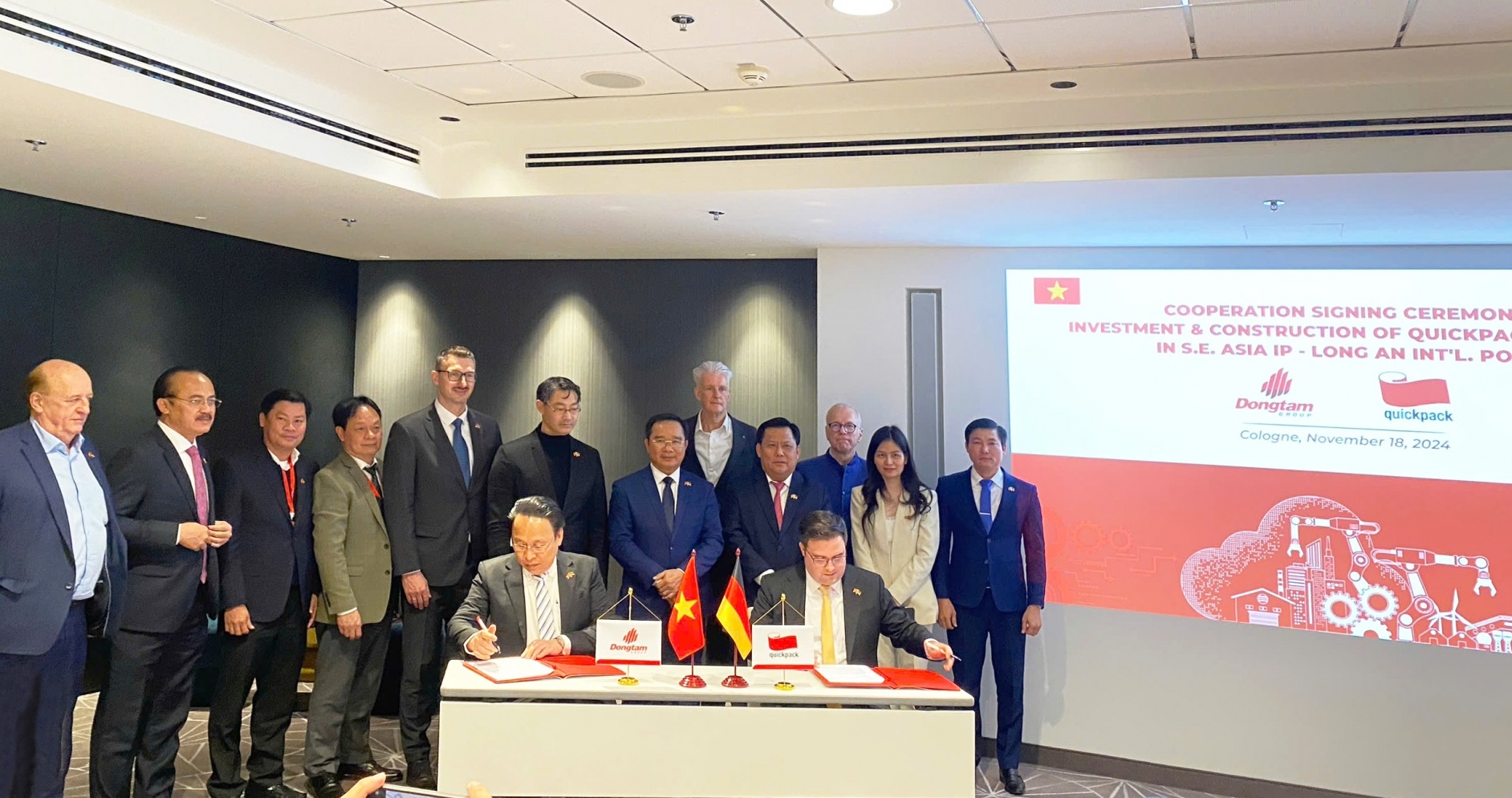
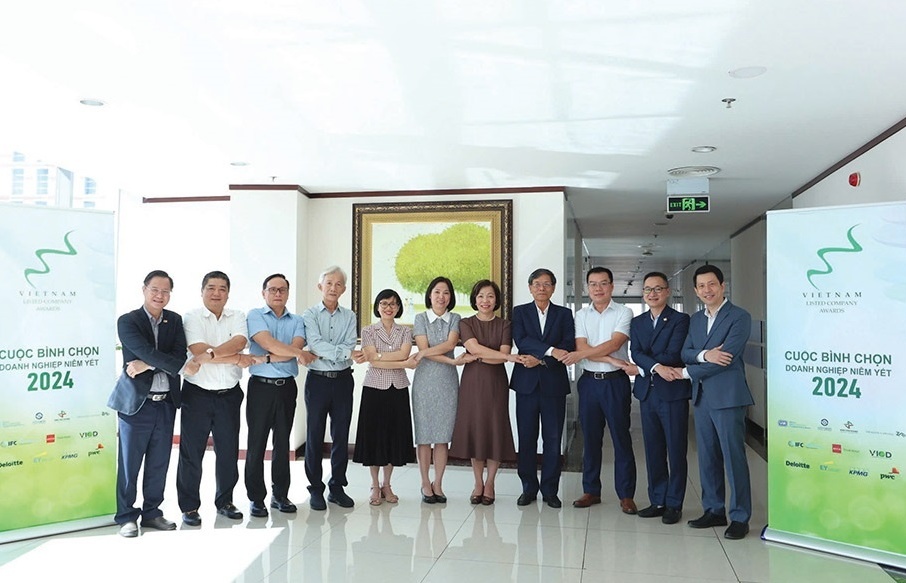
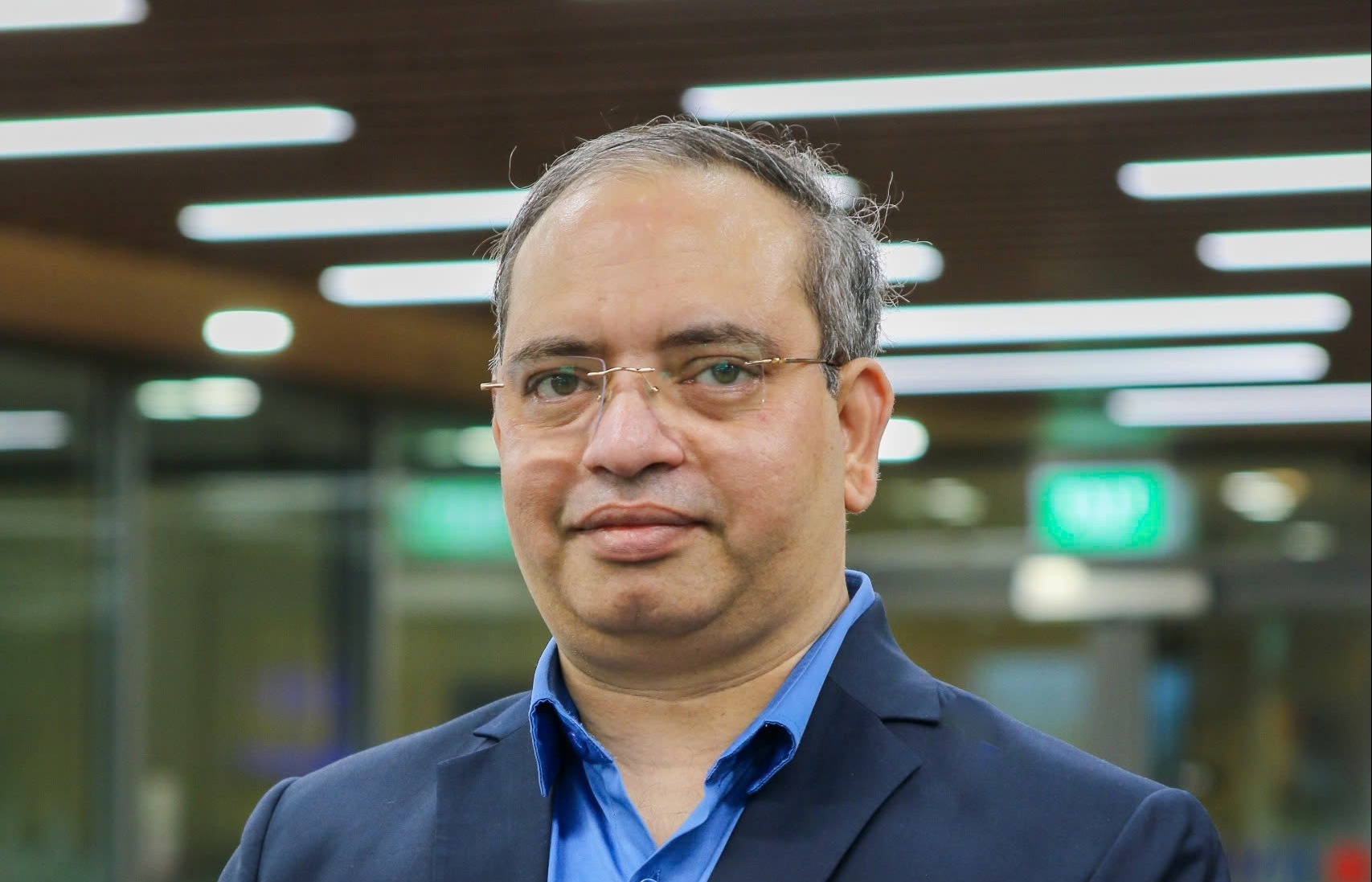








 Mobile Version
Mobile Version